May 31, 2017
Keep scrolling for some of Gidra‘s greatest hits. (And then go check out the whole collection for a deep dive into the political awakenings and fevered dreams of ’70s Asian America.)
1. When this comic series gave a big fat middle finger to Orientalist stereotypes:




2. When Gidra’s female staff took over and devoted an entire issue to Asian American womxn:

3. When the Yellow Brotherhood was workin’ at the carwash (yeah):

4. This hair:
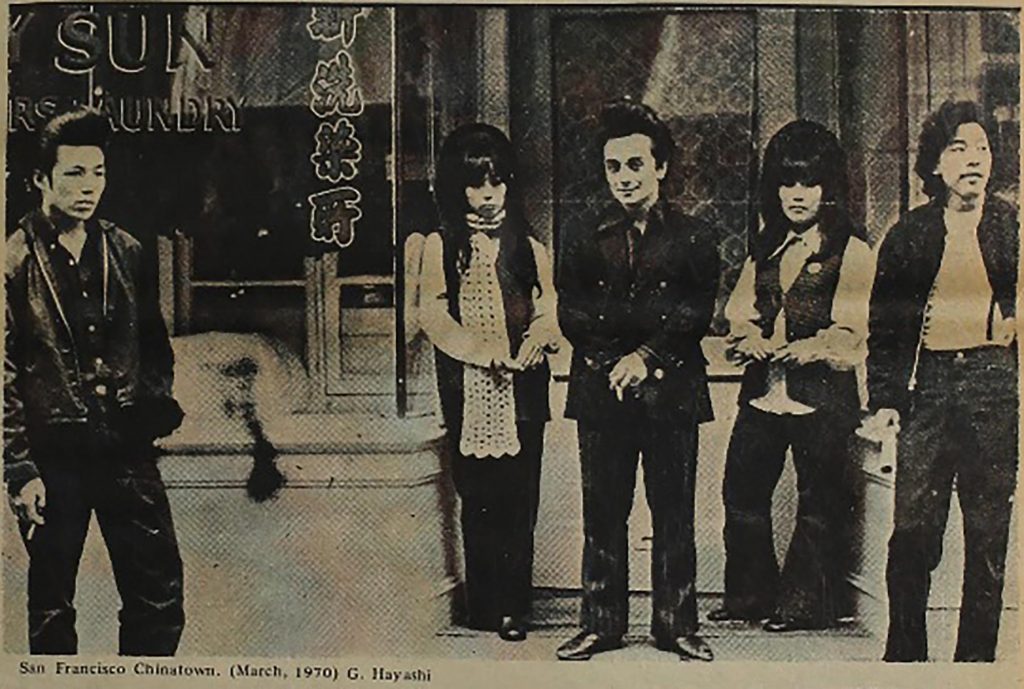
5. This Hipster Sansei™ loungewear model:
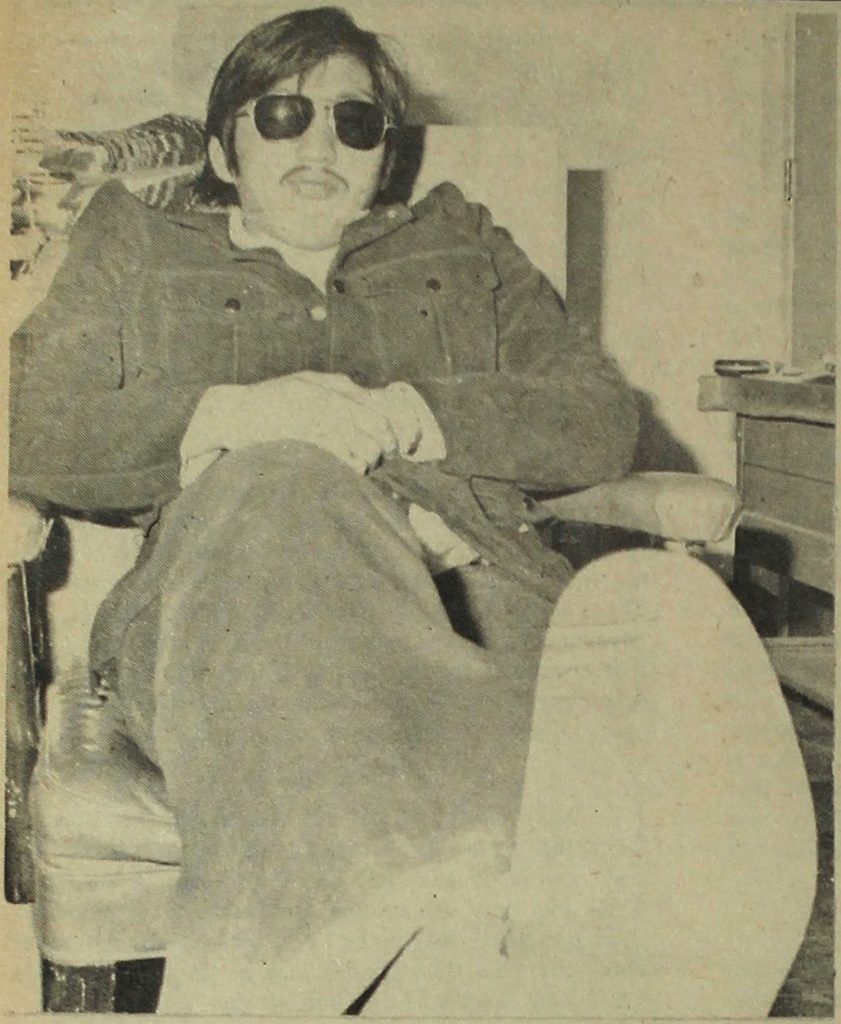
6. This painfully accurate commentary on the exorbitant costs of a college education (and the importance of always using protection?):
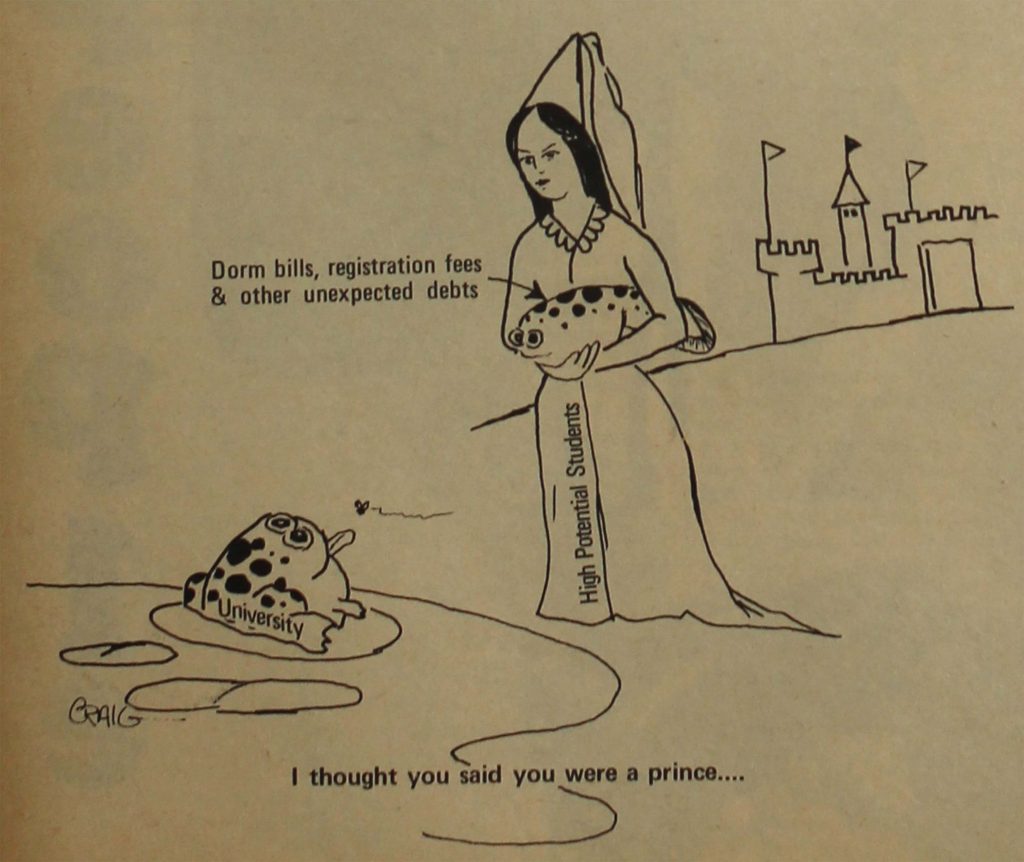
7. When Santa Claus came to town:

8. When the Gidra staff had no patience for war machine complicity:


9. And speaking of war machines, this gut-punch memorial to the victims of Hiroshima:

10. When this retrospective on a 1946 Japanese American Committee for Democracy march reminded young folk that Nisei and even Issei were also down for the cause:


11. When Richard “Tricky Dick” Nixon was “wanted for conspiring to murder tens of thousands of American soldiers and at least one million Vietnamese,” and “in connection with the murders of twenty-eight Black Panthers, four Kent State students, and two Jackson State students”:

12. This pitch perfect response to sad white dudes looking to “obtain Japanese girls and ladies for maids, domestics, female servants”:

13. When this little dude knew what’s up:

14. When this qween was just not that into you:

15. When Ho Chi Minh reminded us that a movement that excludes prisoners and other marginalized people does so at its own peril:

16. When these incarcerated Gidra fans had zero time for respectability politics:

17. When it consistently covered the Vietnam War from the perspective of actual Vietnamese people:

18. When it ran a tutorial on “how to fix your John”:
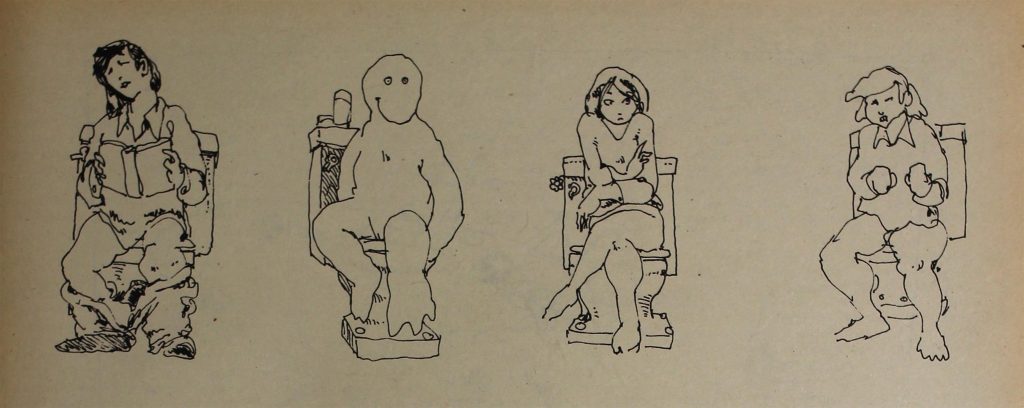
19. When this all-Asian American fashion show happened:

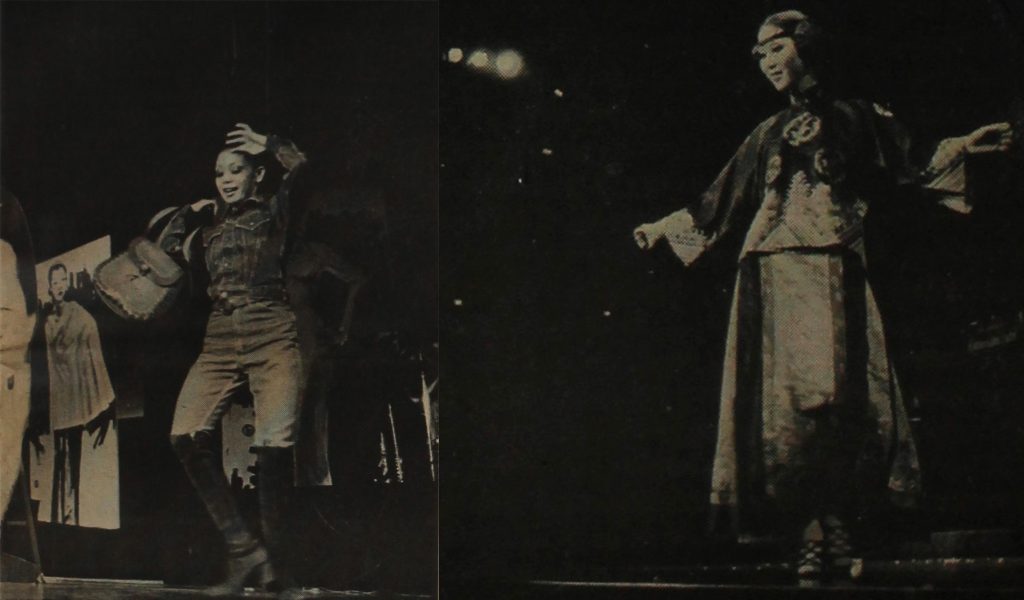
20. This 100% accurate depiction of how it feels dragging your ass out of bed on Monday morning to go line somebody else’s pockets:

21. This response to white people asking where you learned to speakee Engrish so good:

22. When sno-cone toppings were serious business:
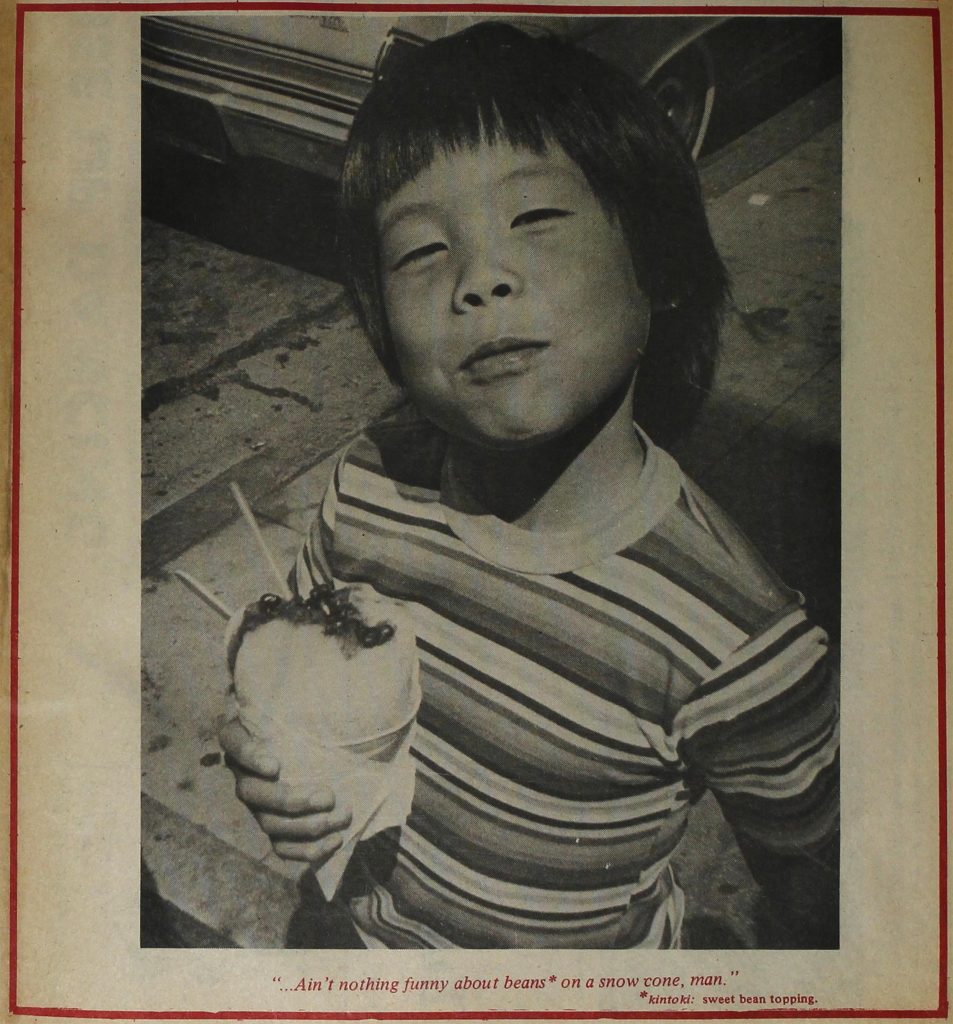
23. Every. Single. Thing. Happening in this photo:

24. When Judy Chu reclaimed the complicated, oft co-opted legacy of Anna May Wong:

25. And this epic showdown from Gidra’s final issue:

—
By Densho Staff
For additional background on the significance of Gidra, see Densho Content Director Brian Niiya’s earlier blog post, “Gidra: Now Available Online.”
[Header photo: Gidra masthead]

